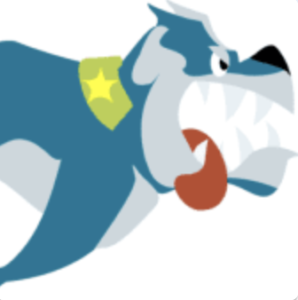
Cloud-Native Knowledge Graph Forges a Data Fabric

Knowledge graph databases continue to go cloud-native with the release of an enterprise version billed as a fabric connecting data on multiple clouds as well as on-premise data stores.
The enterprise knowledge graph platform released this week by Stardog is promoted as a managed service that organizes enterprise data infrastructure into a data fabric that serves as a framework for answering complex queries across siloed data. Those data are then unified to provide context, resulting in what the company claims is a “connected network of knowledge.”
Knowledge graphs are a means of storing and using data, which allows users and machines to tap into the connections in datasets. By contrast typical NoSQL pattern is simple “store and retrieve.”
Key features of the Stardog knowledge graph platform include data virtualization and semantic models running on an inference engine. The virtualization feature allows users to query data where it resides, reducing data movement while allowing queries across data silos. The goal is to provide data access “at the compute layer as opposed to the storage layer,” said Kendall Clark, Stardog’s founder and CEO.
The cloud-native knowledge graph also aims to allow enterprises to “rationally pursue storage and cloud unit economics advantages without setting everything else on fire,” Clark added. Meanwhile, users can connect and query structured and unstructured data regardless of format or whether it is stored in the cloud or on-premise.
Stardog, Arlington, Va., is among a number of knowledge graph vendors basing their technology on the Resource Description Framework (RDF), also known as triple stores. The framework is seen as a key instrument in the semantics toolkit since it provides the means by which data is joined in a single graph.
Stardog’s implementation uses semantics models to sort out legacy applications running in-house along with new cloud-native apps. Support for multiple applications and data models is said to provide context to scattered data.
Meanwhile, an inference engine connects data without relying exclusively on explicit key matching used in RDF queries to match data corresponding to a given graph pattern. The inference engine also leverages machine learning and inferencing regardless of data domain or subject matter, then determines new relationships among data.
The result is a data layer that supports local and cloud-native applications, the company said.
Privately-held Stardog was founded in 2015. Its data fabric customers include BY Mellon, Bosch, Ericsson, NASA and the U.S. National Institutes of Health.
Recent items:
Why Knowledge Graphs are Foundational to Artificial Intelligence
A Look at the Graph Database Landscape
Why Enterprise Knowledge Graphs Need Semantics



























